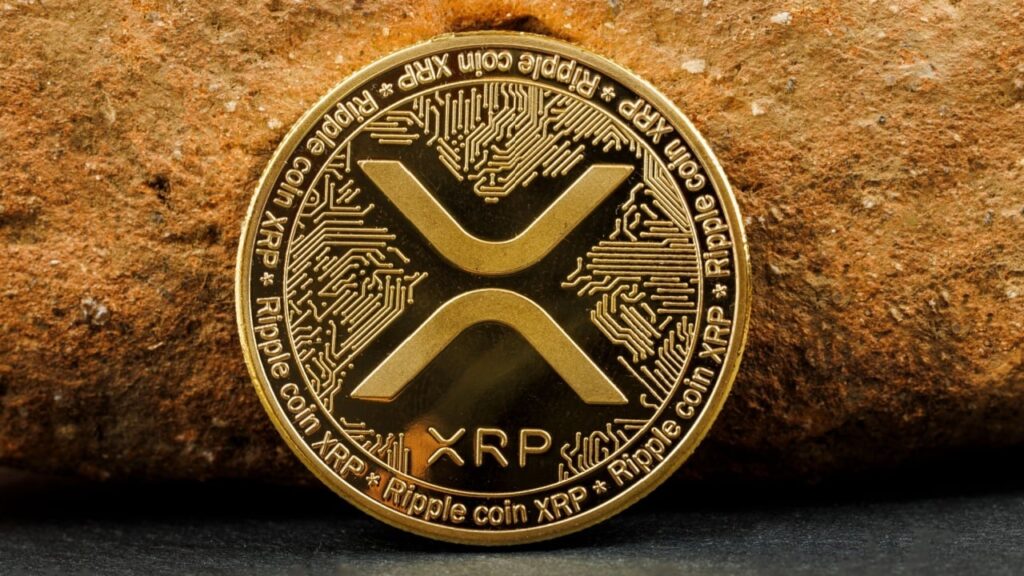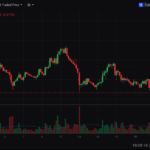In a move that could reshape how institutions interact with altcoins, the Chicago Mercantile Exchange (CME) is officially launching XRP futures on May 19. Already known for its Bitcoin and Ether futures markets, CME is now expanding into a new asset class — and XRP is first in line.
🧩 Why XRP? Why Now?
Despite the ongoing SEC lawsuit against Ripple Labs, XRP remains a top-10 crypto asset with a market cap over $33 billion. Its fast transactions and cross-border payment utility have long made it a favorite for institutional discussion — even if not institutional adoption.
CME’s move allows exposure without custody. Hedge funds and asset managers can now speculate or hedge XRP price movements without touching the actual token — a key step for those facing regulatory or compliance barriers.
💡 Why Futures Matter
Futures markets are more than just speculation tools:
- They improve price discovery
- Enable hedging strategies
- Signal growing market maturity
When CME launched Bitcoin futures in 2017 and Ether futures in 2021, it marked a turning point for institutional access. XRP’s inclusion may follow the same trajectory.
🏛️ TradFi Continues to Embrace Crypto
XRP’s CME debut comes just months after spot Bitcoin ETFs from BlackRock and Fidelity hit the market, pulling in billions. At the same time, Europe and parts of Asia are rolling out clear crypto regulations, accelerating traditional finance’s comfort with digital assets.
CME’s move signals that XRP may no longer be “too risky” to list — even as Ripple’s legal fight drags on.
🧠 Trading Insight: CME futures could add legitimacy and liquidity to XRP, but price action may remain volatile. Institutions tend to move cautiously — and often, ahead of the retail crowd.
This article is for informational purposes only and does not constitute investment advice.







